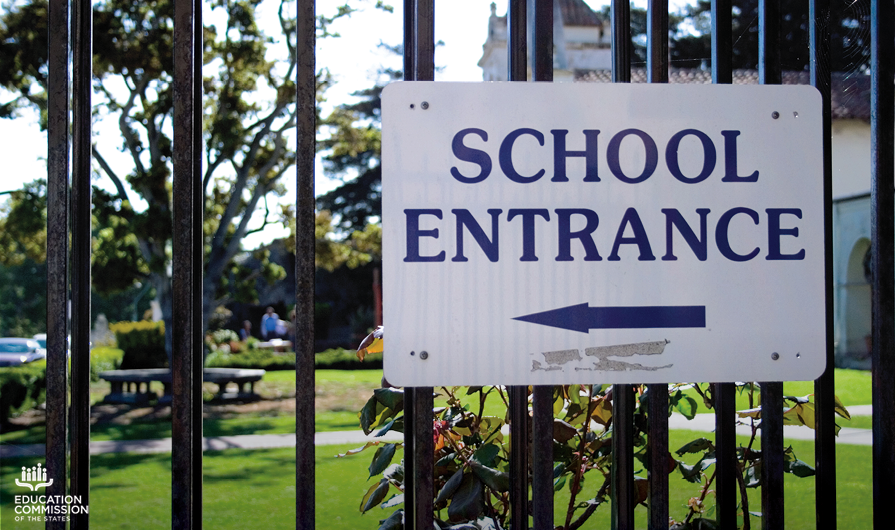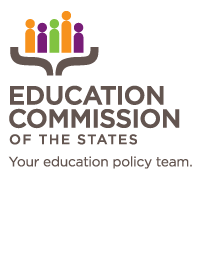Throughout the month of October, the International Dyslexia Association, the National Institute for Learning Development and other organizations have been highlighting stories and resources as part of National Dyslexia Awareness Month.
It’s also an opportune time to check in on state policy approaches that address dyslexia, a learning disability that can hinder development of reading and writing skills among young learners. A policy brief by the Southern Regional Education Board lays out some key policy approaches, all of which have been undertaken by SREB states and other states across the U.S. These approaches include implementing screening and identification methods, developing interventions and providing resources for training teachers and staff around those procedures.
So far this year, 26 states and the District of Columbia have introduced at least 80 bills related to the policy approaches outlined by SREB, with Minnesota introducing 14 of those bills. Texas, Mississippi, New York and Rhode Island were all active on the issue as well: Texas introduced seven bills and the other three states introduced five bills each.
Screening and Identification
One major component of state policies is the establishment of a process to identify students who may need support services for dyslexia. The National Center on Improving Literacy features a 50-state overview of dyslexia requirements, initiatives and legislation, which can be filtered to show state screening requirements. In 2019:
- Some states began to test dyslexia screening programs. Colorado B. 1134 (enacted) creates a pilot program to screen and identify dyslexia in students enrolled in kindergarten through third grade. Similarly, District of Columbia B. 23-0150 (pending) would establish a dyslexia screening and intervention pilot program for elementary school students.
- Several states tasked local school districts and boards with developing and providing dyslexia screenings. Maryland B. 734 (enacted) requires local boards to screen students for dyslexia in kindergarten and first grade, beginning in the 2020-21 school year. Montana S.B. 140 (enacted) requires districts to establish procedures to identify dyslexia and ensure students are evaluated for special education and related services.
- Other states gave different organizations some responsibilities for screenings. North Dakota B. 1461 (enacted) requires the superintendent of public instruction to establish and operate a dyslexia screening and intervention program, and it provides requirements for districts to participate.
- Mississippi B. 1193 (failed) would have reimbursed districts and parents for the costs of additional comprehensive psycho-educational screenings that result in a dyslexia diagnosis, if initial screenings failed to correctly identify a student.
Interventions
State policies are requiring interventions, many of which are rooted in recent research on best practices for supporting students with dyslexia.
- Alabama B. 388 (enacted) requires districts to offer various dyslexia interventions, including before- and after-school reading programs, small group reading sessions during the school day, summer reading camps and individual home reading improvement plans.
- New Mexico B. 398 (enacted) requires districts to provide evidence-based interventions with progress monitoring.
Staff Resources
In states and districts where teachers and other employees are required to identify students with dyslexia or provide interventions, state policies are ensuring they have the proper training and resources to effectively do so.
- Arizona B. 1318 (enacted) approaches training in a few ways. First, it requires the Arizona Department of Education to annually develop a list of dyslexia training opportunities that count toward continuing education credits for teachers. Secondly, it requires each district to have at least one K-3 teacher who has received dyslexia training. Finally, it requires that reading instruction requirements for teacher certification candidates include dyslexia training.
- New York S. 2675 (failed) would have allowed the commissioner of education to certify or require training of teachers, instructors and administrators in dyslexia.
- Vermont H. 406 (failed) would have required educators applying for their initial license or renewal with the Vermont Standards Board of Professional Educators to complete awareness training on indicators of dyslexia and interventions.
States have introduced legislation on these and several other approaches related to dyslexia. Explore more legislative activity pertaining to reading/literacy and dyslexia in our State Education Policy Tracking resource.










